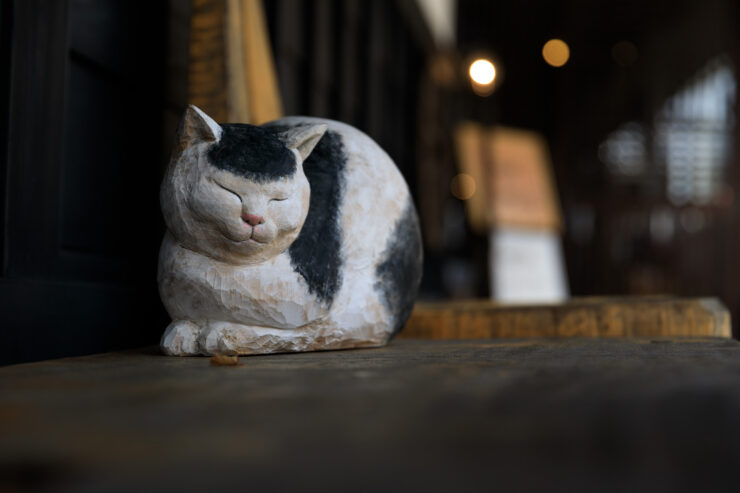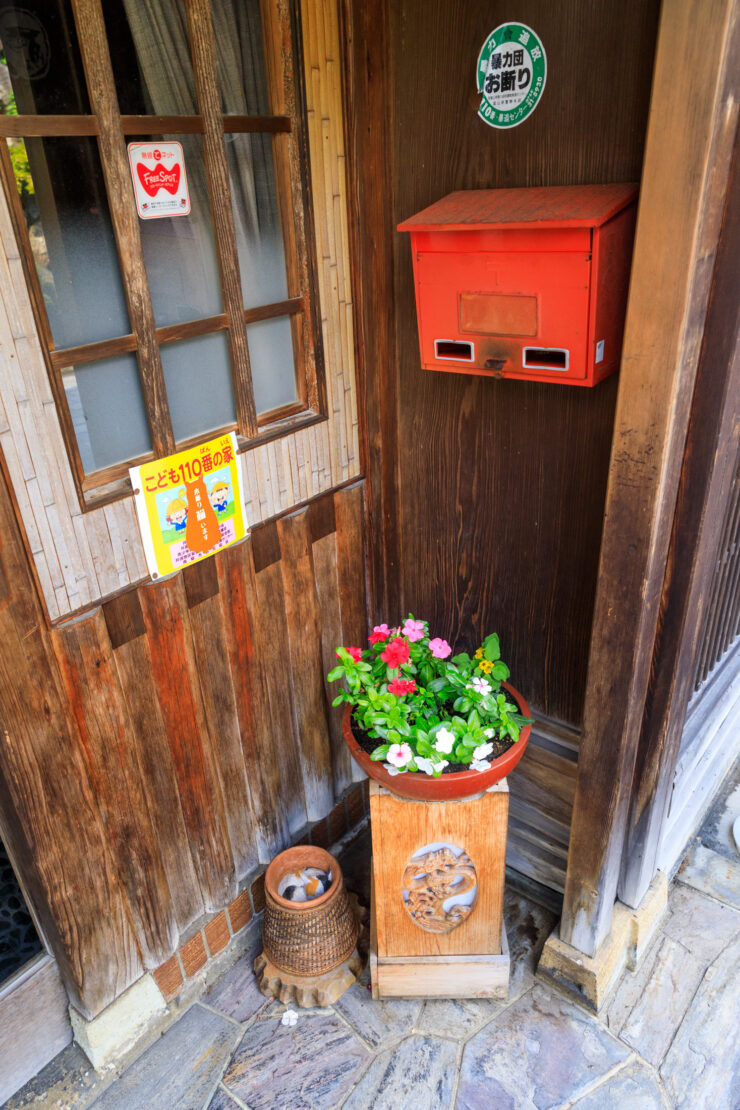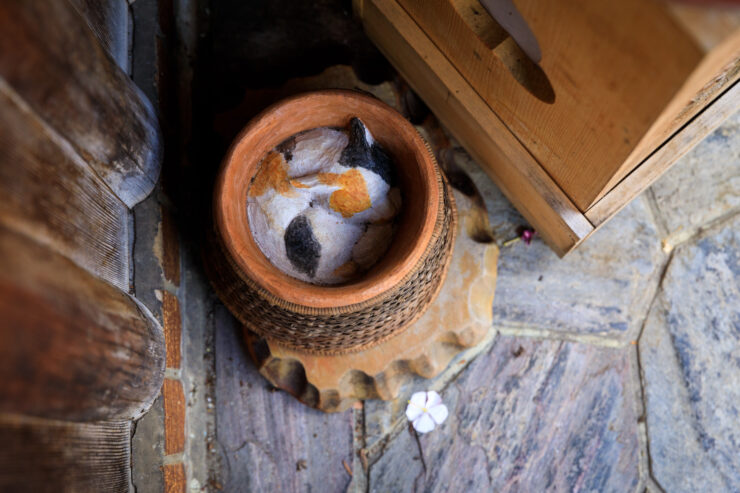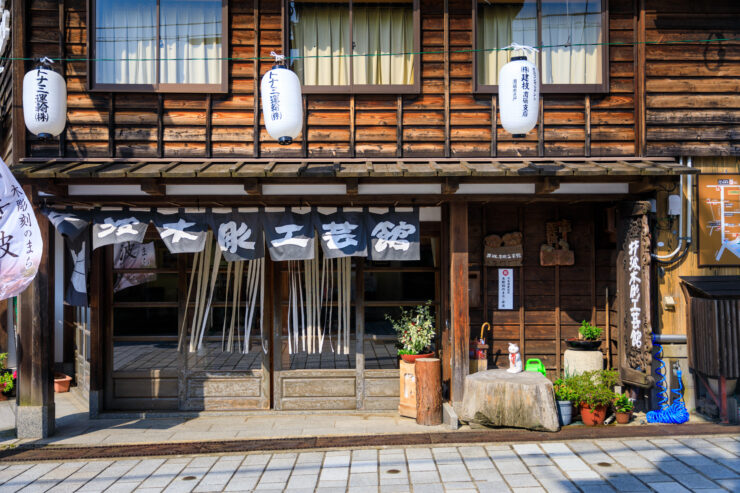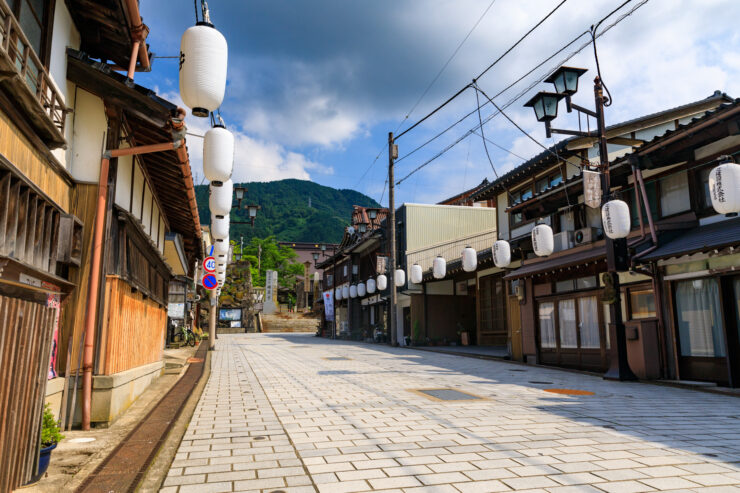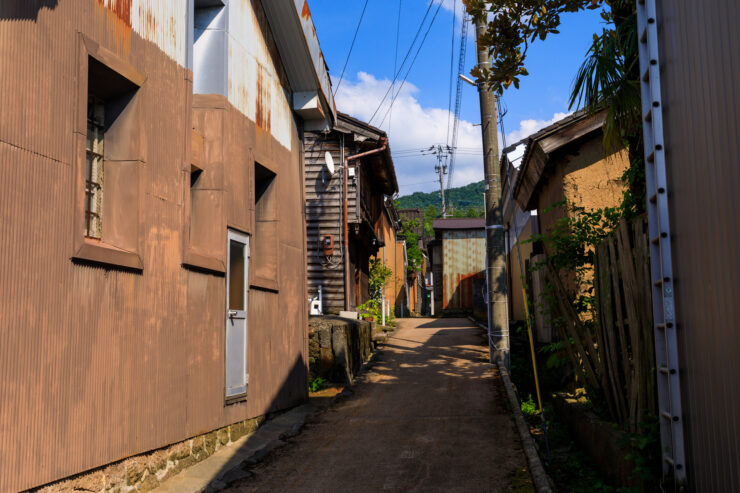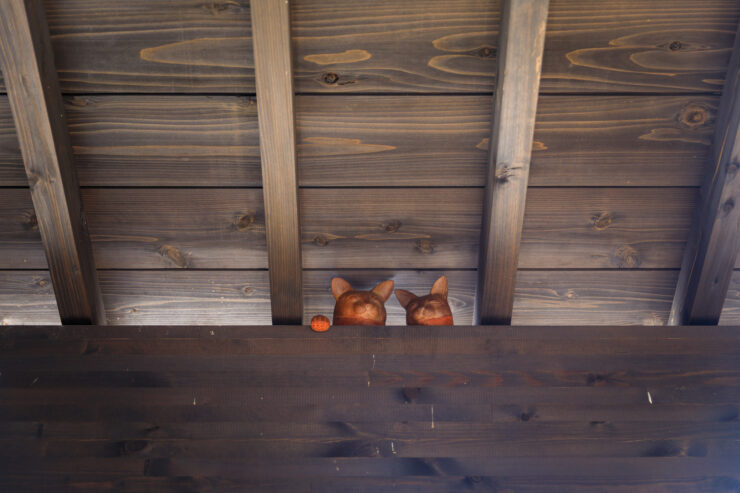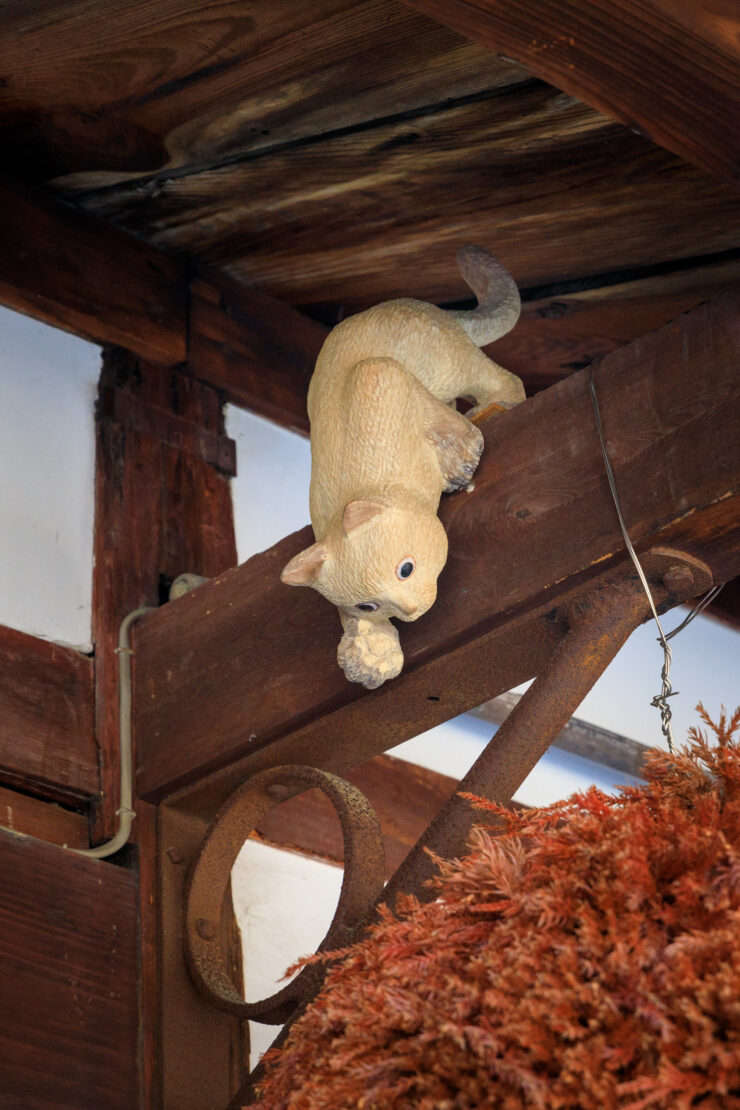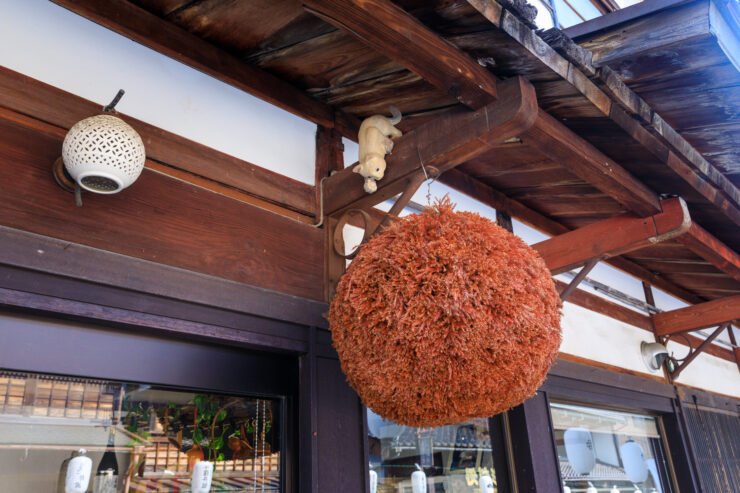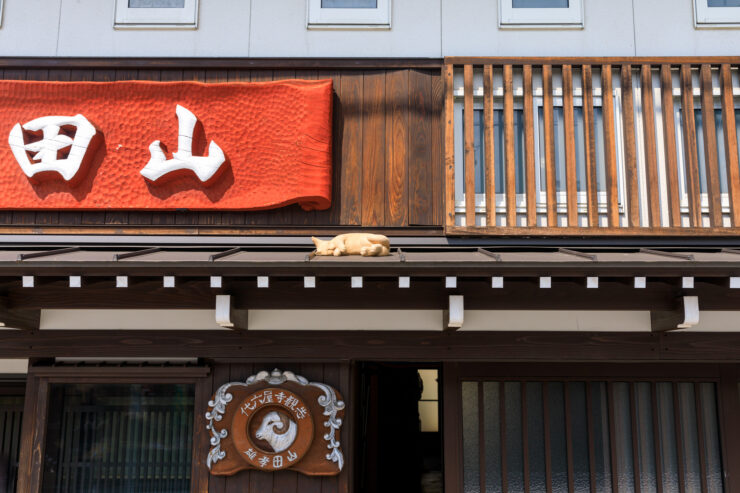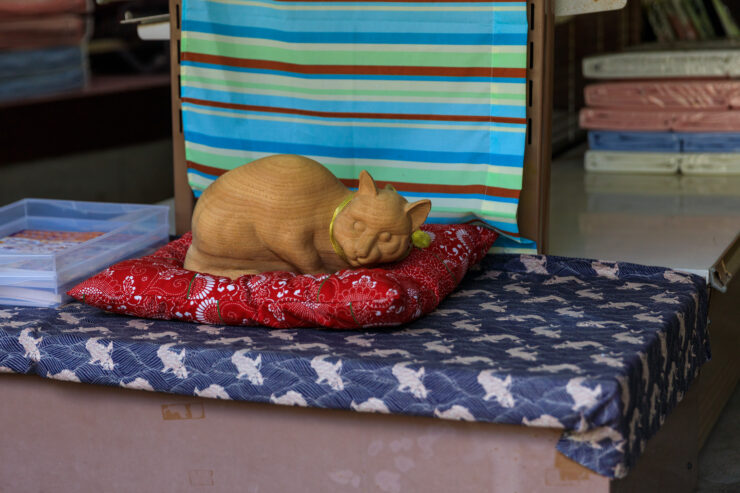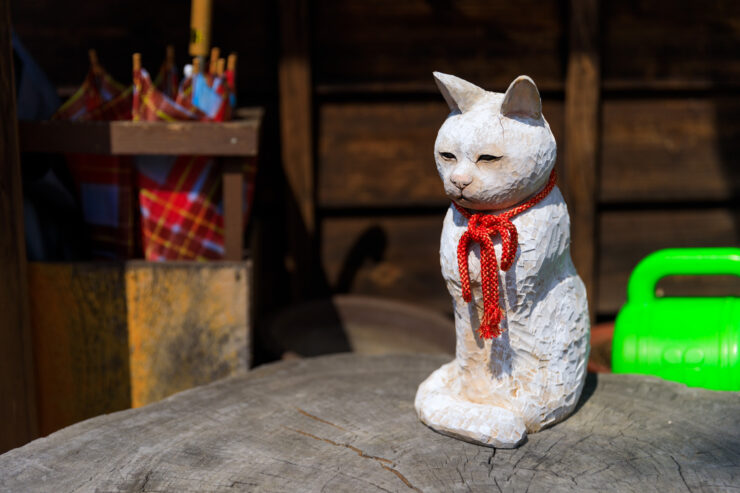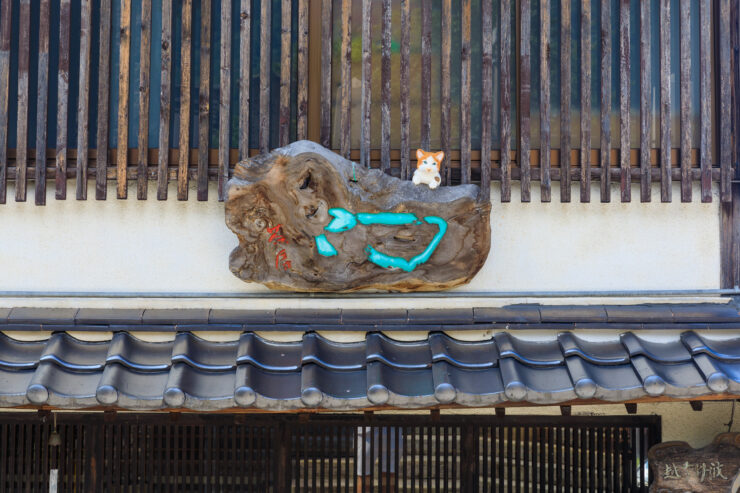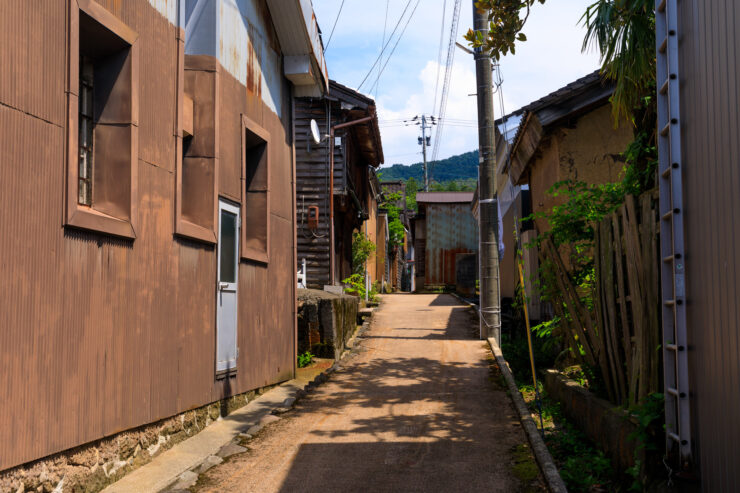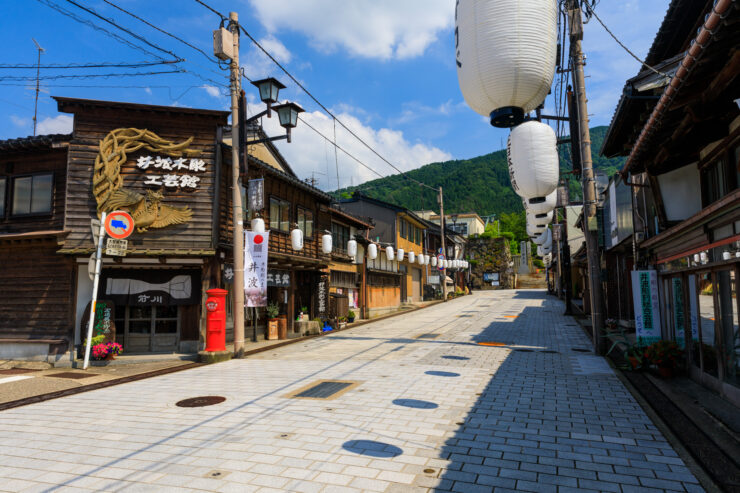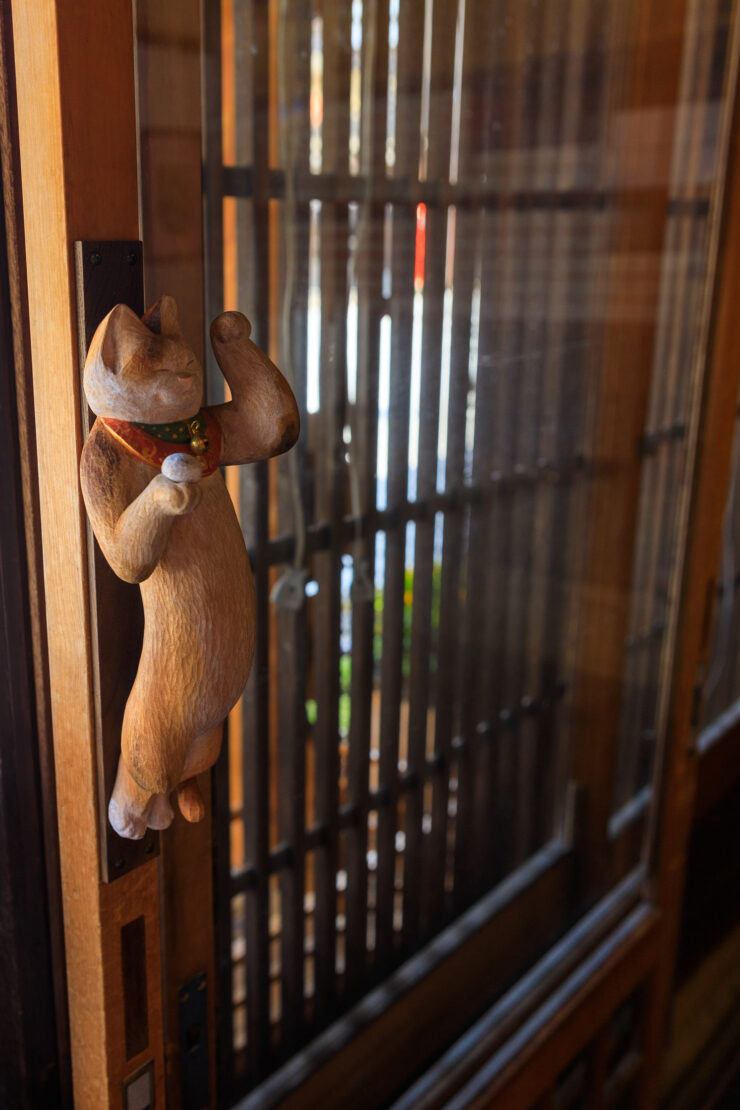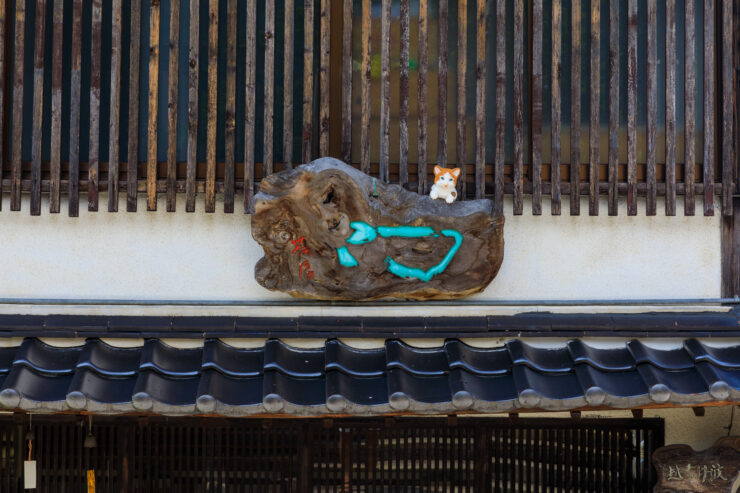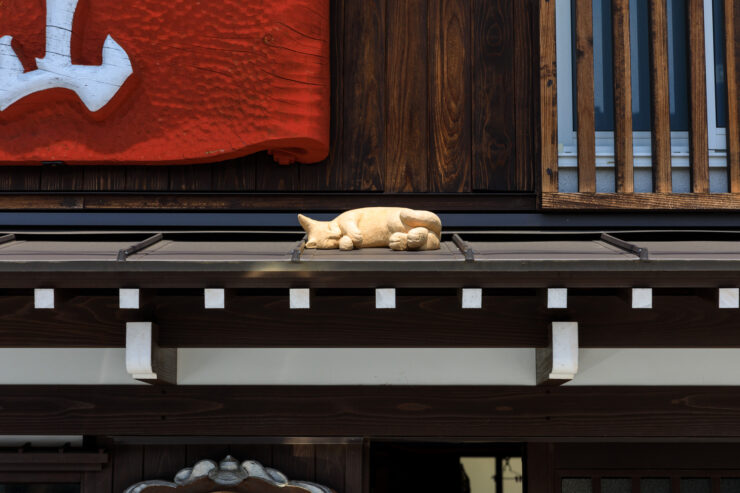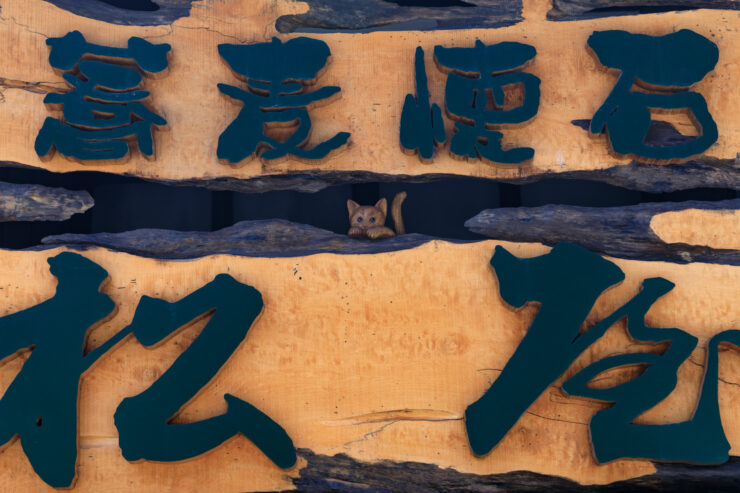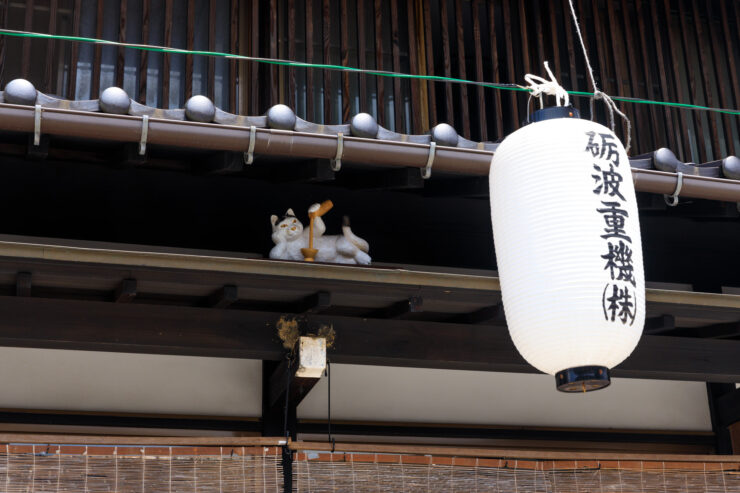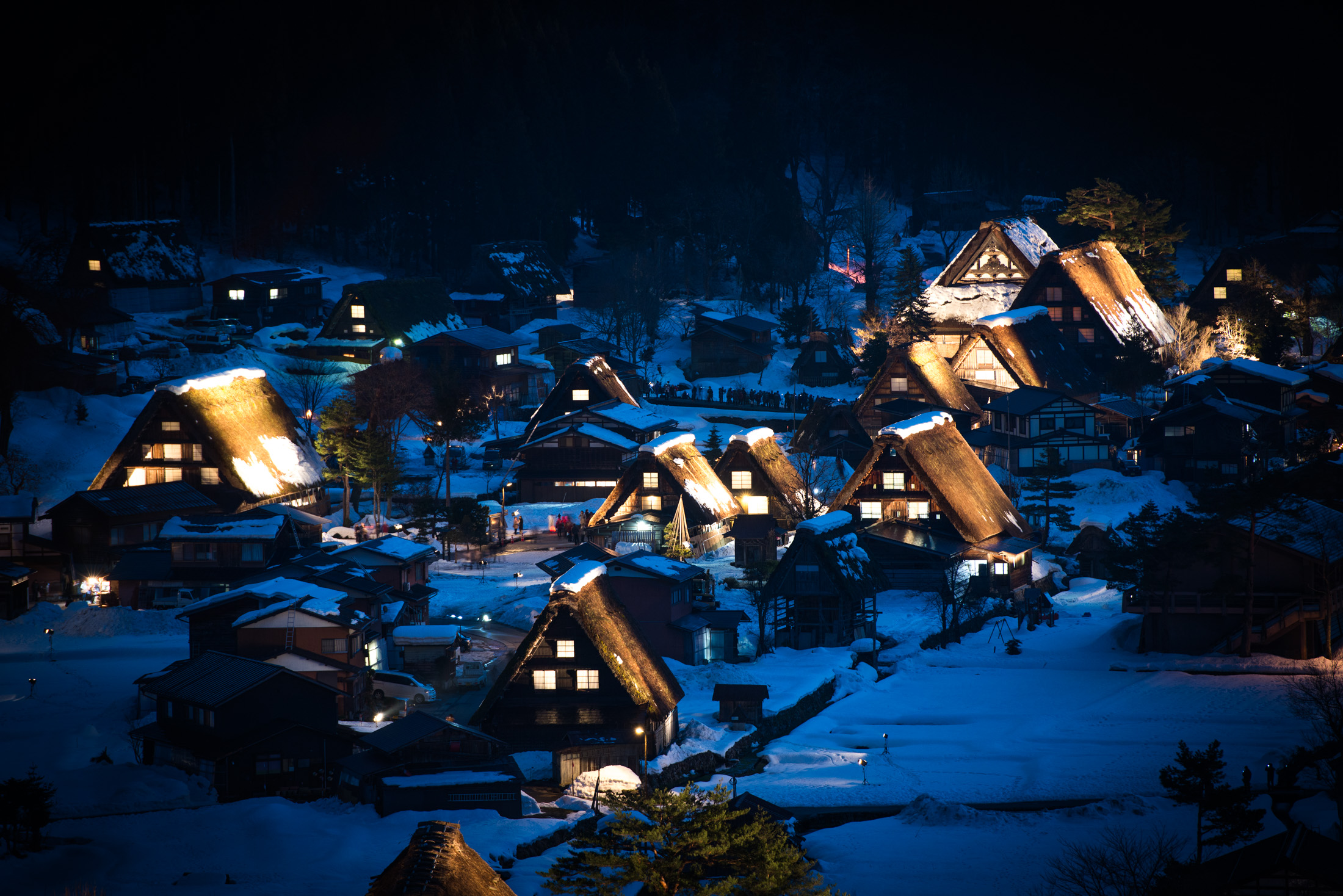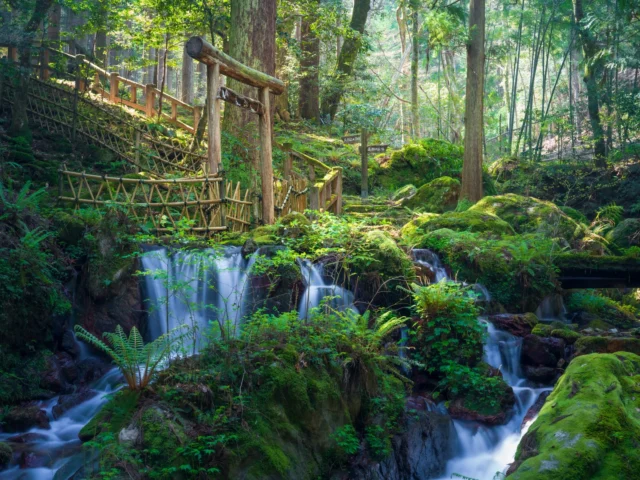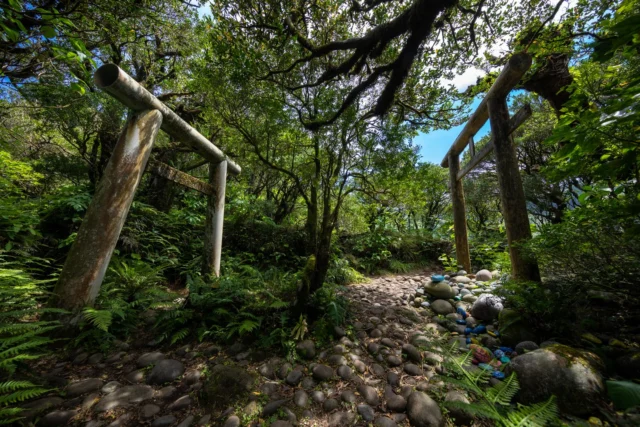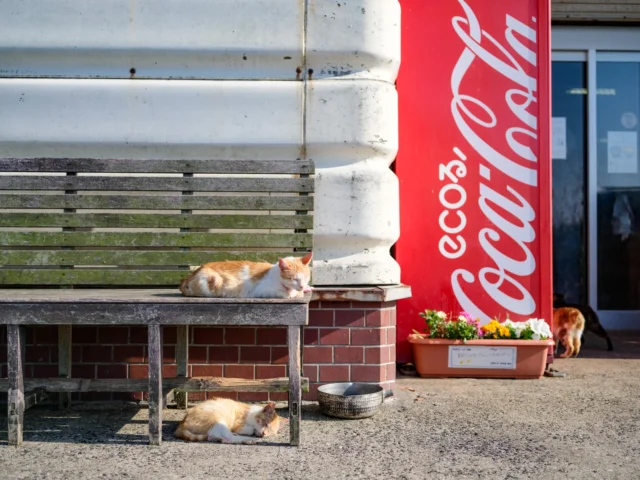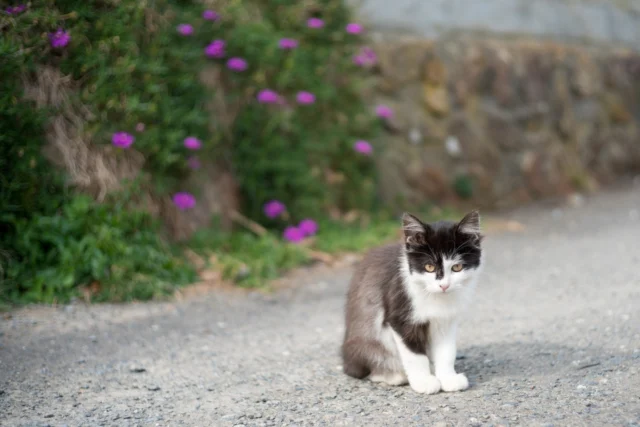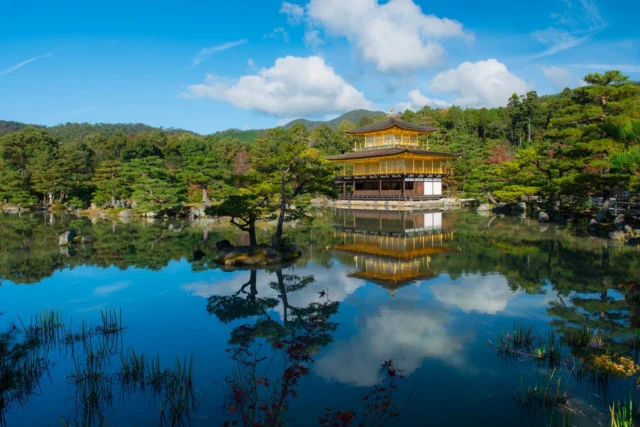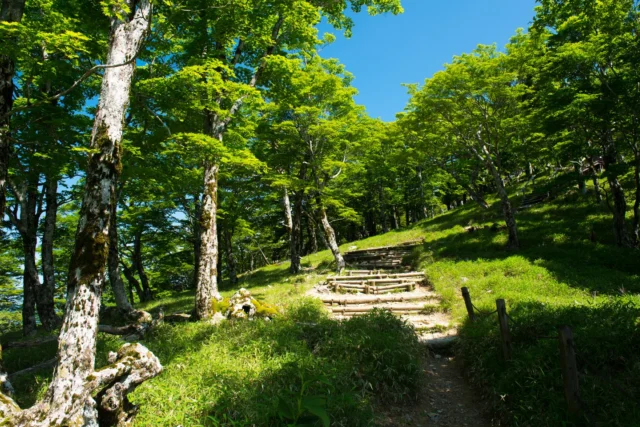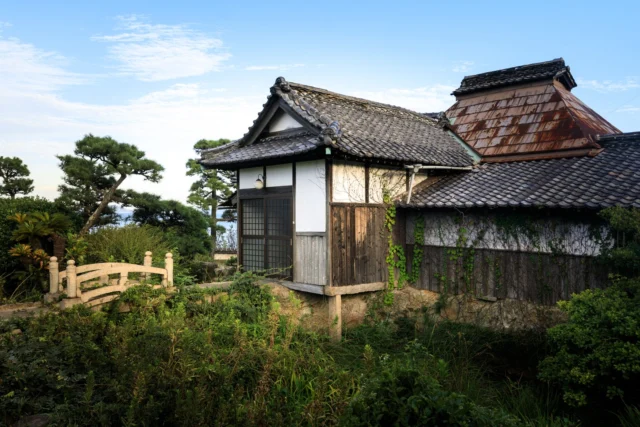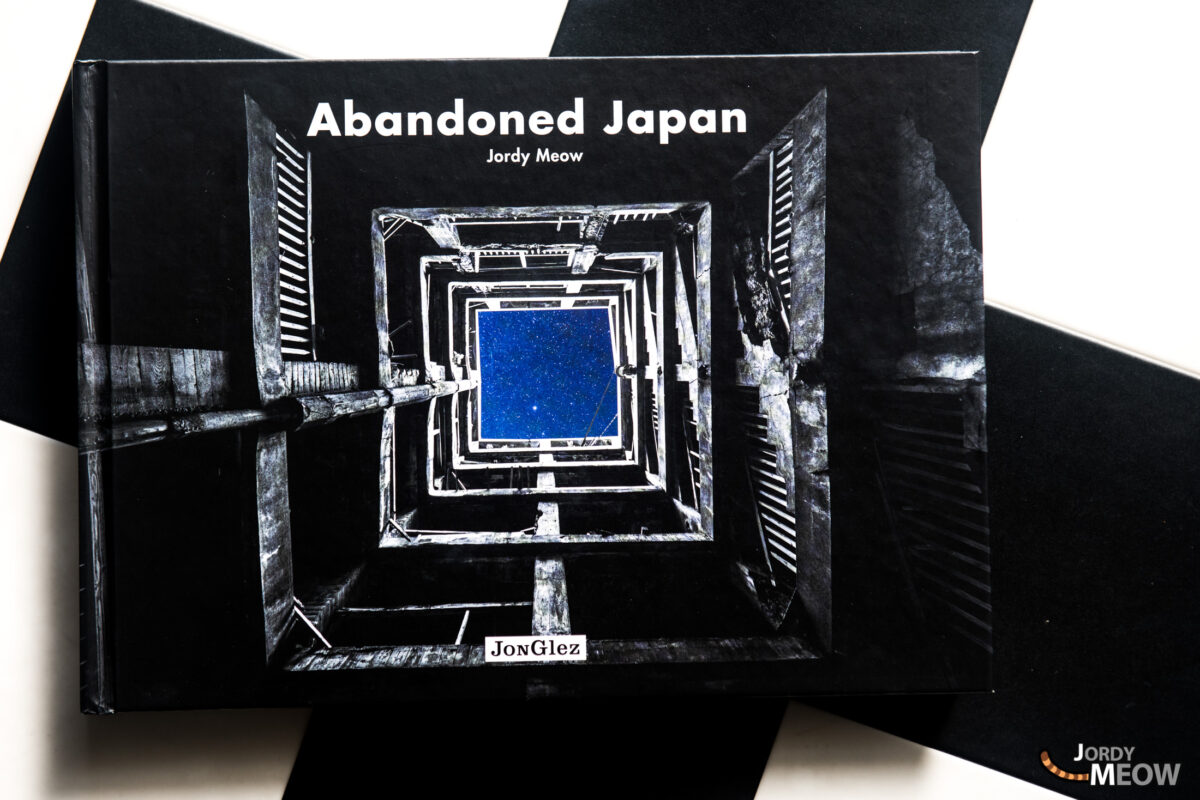Over there, a first cat is eyeing me. Another, more timid, stays hidden in its clay pot. Then another beckons me into a small shop. They are all beautiful, made from wood, and harmoniously bidding me welcome to Inami!
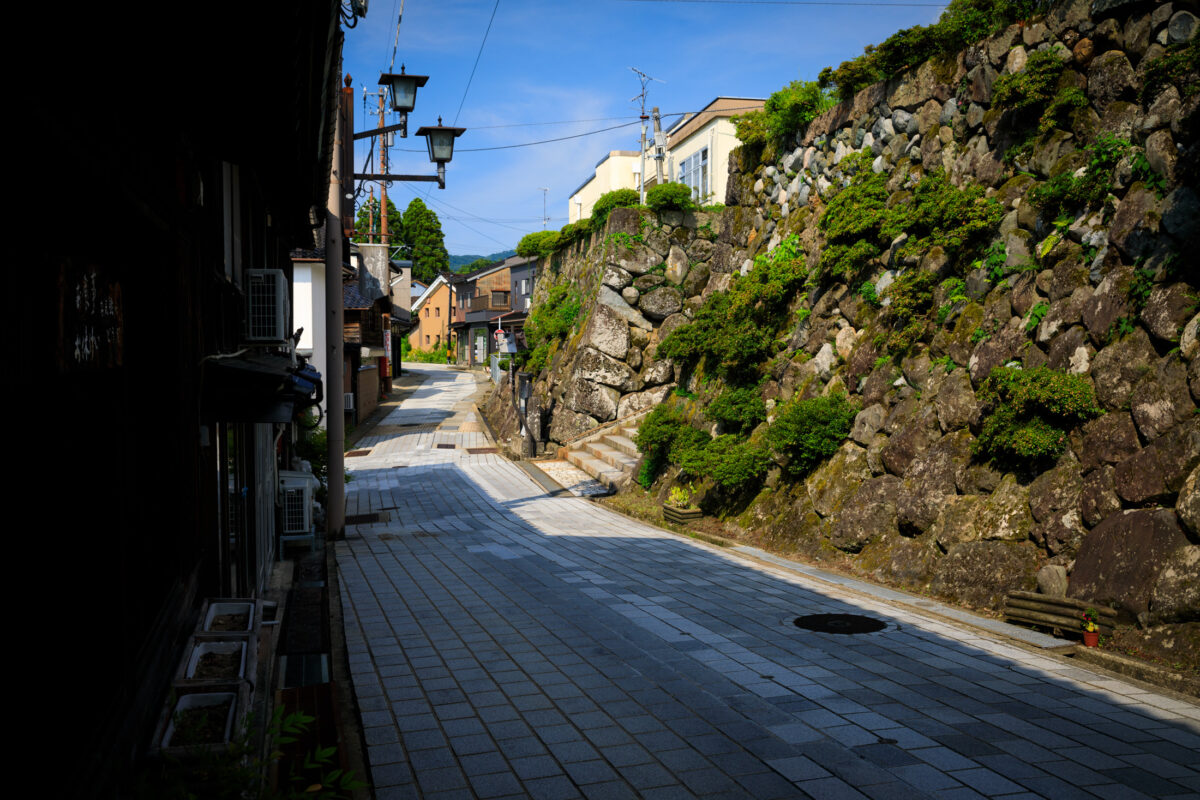
This ancient stone-paved street, Yokamachi-dori, is the historic centre of the city. At the far end is the Zuisen-ji Temple, whose story begins with a drama: in 1763, flames engulfed the temple and razed it to the ground.
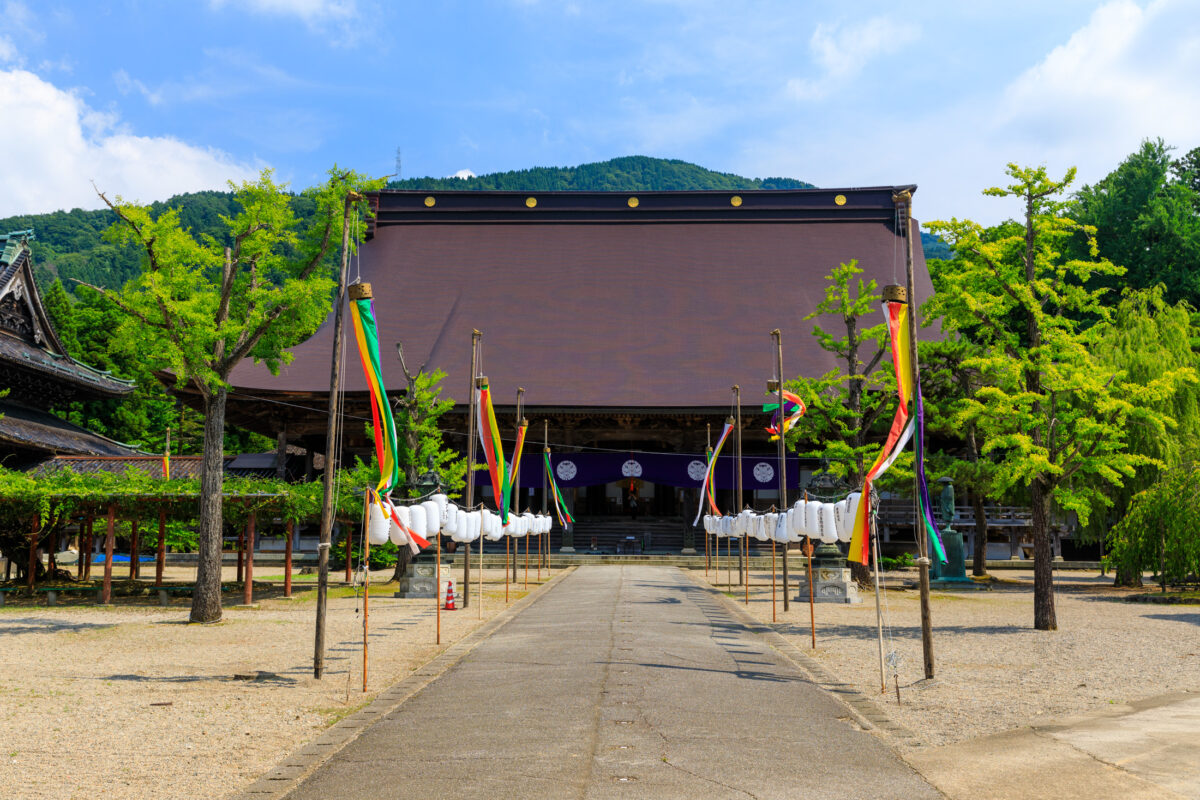
The town commissioned Sanjirō Maegawa, a sculptor from Kyoto widely recognized for his work, especially in Hongan-ji, to carry out the reconstruction. Once his work was finished, he taught his wood-carving skills to four local artisans, who in turn would pass it on to future generations. Today there’s said to be around 200 woodcarving experts. They use around a hundred different chisels!
Since 2018, Inami has been listed as a Japanese heritage site. Inns and businesses have been restored, and cats have settled in there to capture our inner feline. Officially there’s 26 of them to look out for, but amateur woodcarvers amuse themselves by hiding others.
The Japanese are passionate about ranking and recognition of all kinds, and Inami is included in a rather curious collection, “100 Soundscapes of Japan” (残したい日本の音風景100選). The idea is to promote certain pleasant environments by mixing the sounds of Japanese everyday life with those of nature. In other words, shut your eyes and listen!
Having found most of Inami’s cats, I stop by an attractive little stall in the middle of the street. There I find this cat with a very Japanese grin on its face, lapping up a good beer. I can’t resist it; this cat now sits proudly on my desk, reminding me every day that Japan may not be the land of sobriety, but it may well be the land of cats.
And for more awesome content about Japan, follow Jordy Meow on Instagram ! 🎵

